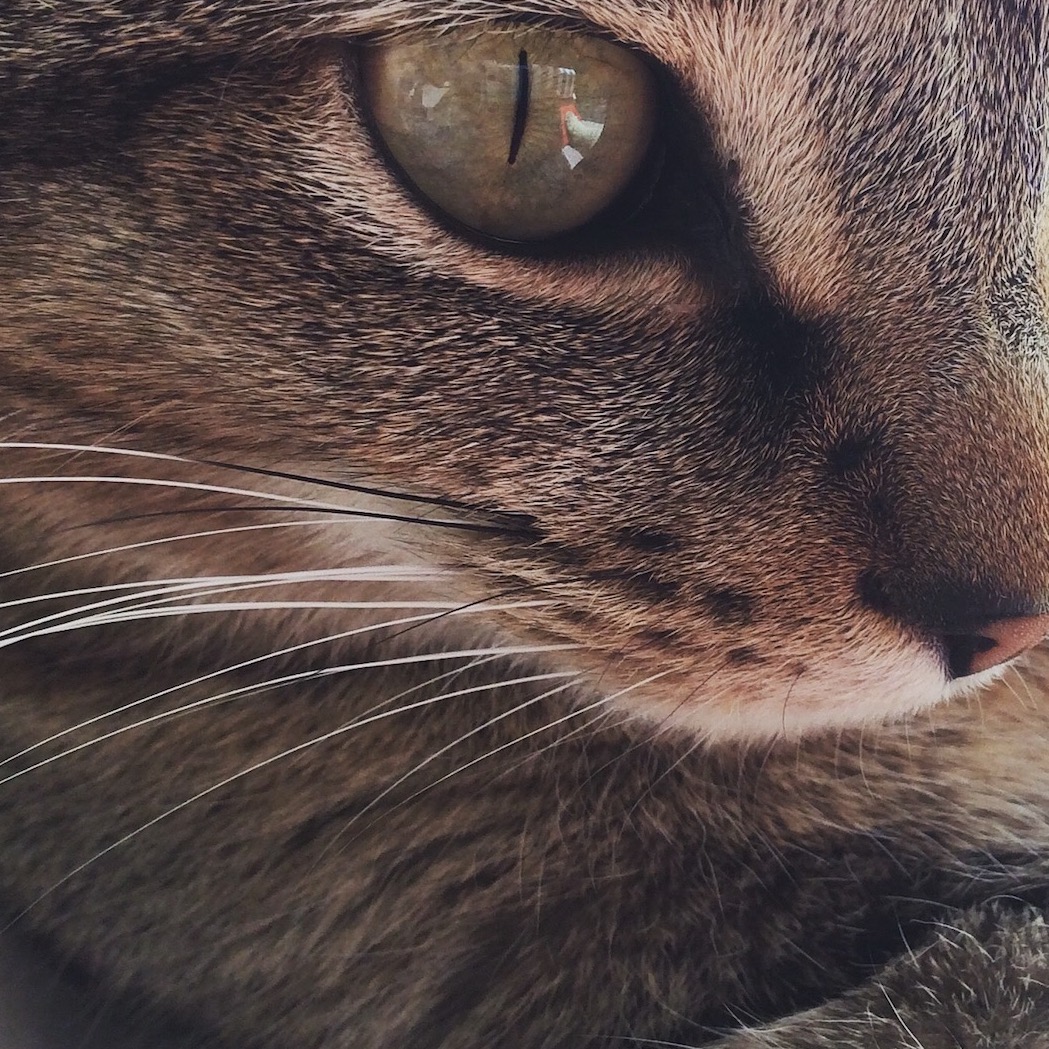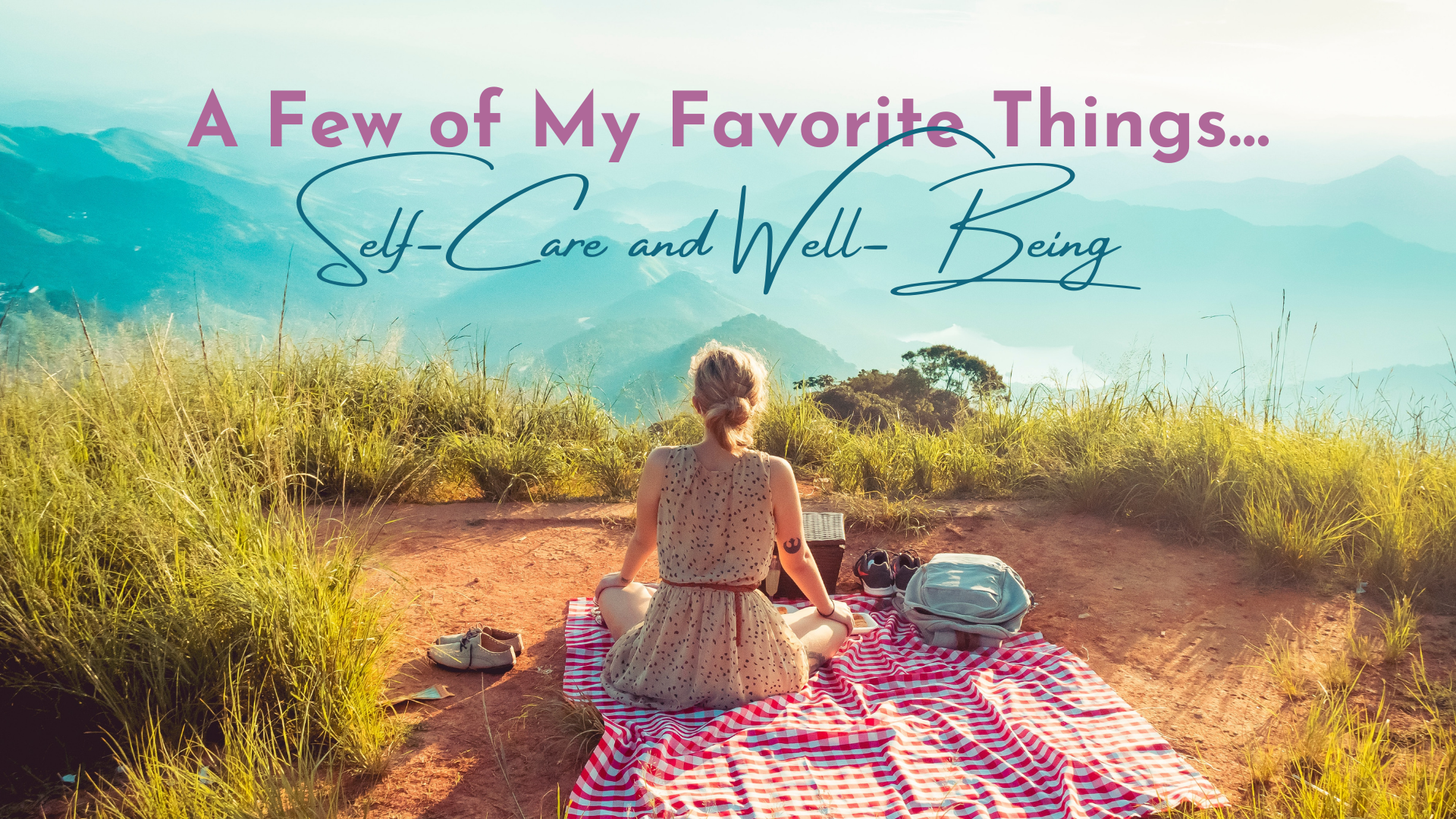A Few of My Favorite Things: Taking a Bath
As part of the goal this month of tuning out the noise and turning up the quiet, I’m going to share with you one of my favorite things. Taking a bath at the end of a long day.
Perhaps it goes back to my Slavic roots where banyas, colloquially known as Russian baths, are a daily ritual. In fact, in Slavic nations, rather than an apple a day keeping the doctor away, it’s a banya a day. Now, unless you have a specifically built facility within your home or on your property such as a sauna, recreating a banya in your bathroom is difficult at best. However, many of the properties associated with a traditional Russian bath can be emulated in a good old fashioned bath.
Here are the principles that make up a banya:
Steam/high temperatures to induce a good sweat
Venik massage- where a dried oak, birch, or eucalyptus broom which has been soaked in water is gently massaged over the skin in a circular motion before the masseuse gently whacks or beats you with it to stimulate better circulation
A plunge in cool water Finish with a cool off/relaxation period and a cup of tea
The purpose of the high temperature in a steam room is to make you sweat. A good sweat is very healthy for numerous reasons. It opens your pores, releases the retention of excess water in your body, eliminates toxins from the body, improves blood circulation and kidney function, and results in softer, healthier skin. Those benefits are fantastic, don’t you think?
So, how do you recreate this in your bath? Well, you run a hot bath. Find a water temperature that you can tolerate. You don’t want to burn yourself, but you do want the water to be as hot as you’re comfortable with. (A word of caution for you ladies who are in the family way, such as I am right now. Just make the water warm. Overheating is very easy while pregnant, and you don’t want to do that. In fact, even if you’re not expecting, pay attention to your body. If you feel too hot, add cold water to the bath. Don’t overdo it.) I would also recommend having a large glass of water handy to keep yourself hydrated.
Now, to further enhance the detoxification process, there are a few things I like to add to my bath water at this stage. My simple detox bath recipe is 1/2 cup baking soda, 1/2 cup Epsom salt, and 3-4 drops of lavender essential oil. If you have a larger tub, like I do, you can double those measurements.
We hear a lot about detoxing in today’s society. We encounter countless toxins whether from what we’re breathing, eating, drinking, putting on our skin, etc. Since our skin is our largest organ, it stands to reason that it’s the organ that gets abused the most where toxins in our environment are concerned. Add to that the stress of the season, and our skin takes quite a beating during the holidays. That’s why I recommend amping up a hot bath by making it a detox bath.
Since baking soda (a great cleanser and immensely beneficial for the skin, particularly those of us who deal with skin issues like eczema) and Epsom salt (a fabulous source of magnesium for our bodies) are easily available at any pharmacy or supermarket, this detox recipe should be easy to incorporate into your bathing ritual. However, there are numerous recipes for detox baths, from mustard baths to vinegar baths. Each of these has their specific benefits. I recommend checking out Katie Wells’ blog post over at her Wellness Mama blog which contains 5 Natural Detox Baths and why she loves them.
The venik massage is something I wouldn’t recommend trying to recreate at home. However, there are ways you can sort of incorporate the idea of the venik branches into your bathing experience. And, as luck would have it, those ways are beneficial to your health and wellbeing, too.
First, you can create the fragrance of a venik. There are numerous candles on the market that incorporate the fragrances of oak, birch, and eucalyptus into their proprietary blends. However, since scented candles can contain many synthetic chemical substances that you might wish to keep out of your home, I would recommend purchasing a diffuser and a good quality essential oil. While I have yet to encounter an oak essential oil, I have seen both eucalyptus globulus as well as birch.
Eucalyptus: Eucalyptus globulus has many beneficial properties, one of which is a cleansing of the air and opening of your air ducts. There’s even some homeopathic research which shows that eucalyptus is an excellent source to help with pain and inflammation in the body. So you could mix a drop or two of eucalyptus essential oil with a generous palmful of jojoba or coconut oil and rub it well into your joints. Eucalyptus is also excellent if you’re dealing with itchy skin during the dry winter months. Just like with the massage to your joints, dilute eucalyptus oil with the carrier oil of your choice and rub it into the skin where it’s dry or itchy.
Birch: Birch oil is highly potent when used topically with cortisone-like effects on the body. Generally it’s used for pain and inflammation. It’s a warming oil, which means it can get hot, so it’s best to dilute it. However, when diffusing, a drop or two will fragrance your bathroom with the scent similar to a venik. Like Eucalyptus, this oil will come in particularly handy with the massage portion of this step as birch oil is excellent for relieving discomfort in your joints, muscles, and bones.
You don’t have to become a member of an essential oil company like Young Living or DoTerra in order to get good quality oil. Places like Sparks Natural and the like offer excellent quality oils without any contracts or other obligations. What you want to avoid are the fillers that can be found in cheaper essential oils as they are hormone disrupters. Not to mention that their efficaciousness is nearly nonexistent. So, when purchasing any essential oil, look for the purest quality you can find. (Hint: purity is usually reflected in the price, meaning, you will get what you pay for.)
Second, you could try your hand at self-massage. There are many techniques you can use here. This is what I like to do. While I’m in the bathtub, I take stock of how my muscles are feeling. The longer you soak, the more your muscles warm up. As they warm up, you should feel them begin to relax. However, if you’re sensing that you’re still carrying tension, tightness, or soreness anywhere, pay attention to it. I tend to notice that I carry the most tension in my shoulders from my normal day to day activities, particularly when I am on the computer for an extended period of time. While in the bath, I begin to knead my shoulders, starting from the base of my neck and moving outward to my shoulder. Then, when I get out of the bathtub, while my body is still relaxed and warm, I use a tennis ball to release further tension. Trying to explain what I do would be rather difficult, however, we’re in luck as Popsugar Fitness has posted a comprehensive, short video on four different self-massage techniques you can do with a tennis ball to release tension throughout your body.
To be honest this is the part that I dislike the most. However, once your body is all warm and your pores open, pull the plug on your tub and let the water drain. And, while it drains, get yourself a cup or close the shower curtains if your tub and shower are together, and rinse your body off with cold water. This cold water plunge offers your body a host of benefits from boosting your immunes system, stimulating your metabolism, tightening your skin, reducing depression and anxiety by calming your mind, and increasing your blood’s circulation throughout the body.
Get out of the tub. Dry yourself off. Make sure you moisturize your skin with a good lotion- cocoa butter or shea butter based lotions are my favorites- or body oil- jojoba is fantastic as is coconut. Sometimes I’ll add a drop of cypress oil to my lotion or oil and rub it into the bottoms of my feet and up my calf muscles to promote better circulation through my legs. You can also add lavender oil to promote calmness and relaxation, too. Put on your soft pajamas. Then put on the kettle and make yourself a cup of tea. Chamomile is great at the end of the day to help promote sleep. Celestial Seasonings even has a chamomile blend called Sleepy Time tea that is a favorite in our household. And get into bed. While your muscles are sinking into your mattress and your body is responding to the tea you’re sipping, you’ll find yourself primed for a good night sleep, which is the cherry on top of the sundae where good mental health and harmony are concerned.
Now, I’ll be completely honest with you. I don’t do this every time I take a bath. In fact, since I’ve been pregnant, I tend to just run a warm bath with a cup of Epsom salt, light the lavender candle I have, put on my soothing bath playlist, and soak in the tub with a book carefully balanced above the bubbles. However, there are the times when we need to be intentional about helping out body detox, our mind decompress, and our spirit relax. That’s when a banya themed bath comes in handy.
Now, dear readers, I’d love to hear from you. What techniques and tips do you adhere to when you’re intent on creating an environment that promotes less stress and more relaxation?










































